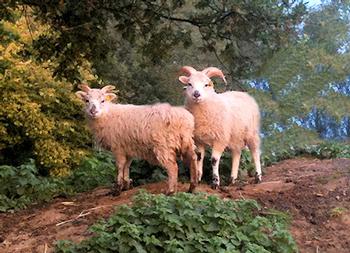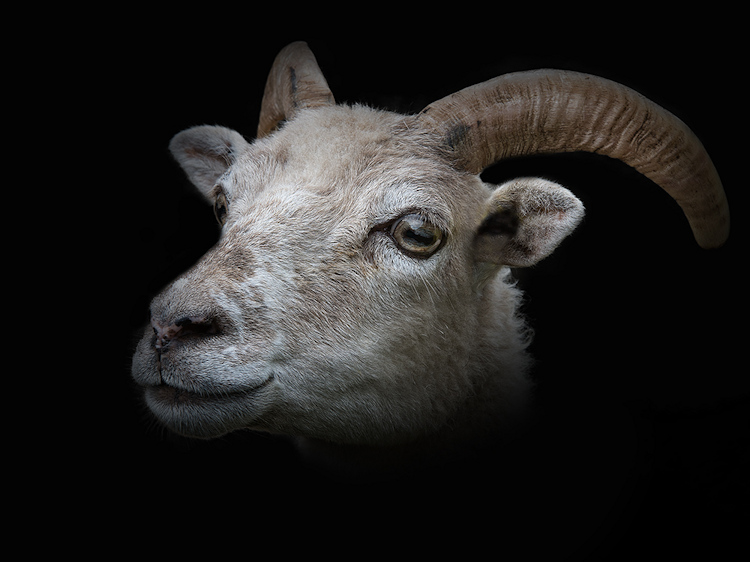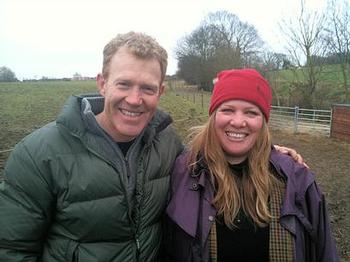The Boreray breed of sheep is frighteningly listed as "Critically endangered" by the Rare Breeds Survival Trust, because less than 300 Borerays are known to exist in the world!. The conservation of this breed is vital and Millfields are proud to be committed to helping this wonderful breed survive. We would like to encourage more breeders throughout the UK. Please contact us now should wish to help conserve these beautiful creatures. As seen on BBC Countryfile, as part of a nationally supported conservation and breeding project.
The breed originated on the islands of St Kilda off the west coast of Scotland. These incredibly hardy sheep survived as feral animals on the islands of Boreray - hence its name. It is also known as the Boreray Blackface or Hebridean Blackface and shares many of the characteristics of the hebridean sheep, apart from the colour. While all Hebrideans are black, only a very small percentage of Boreray are born brown or black, with the majority having creamy white coats and horns with black and white mottled faces.





